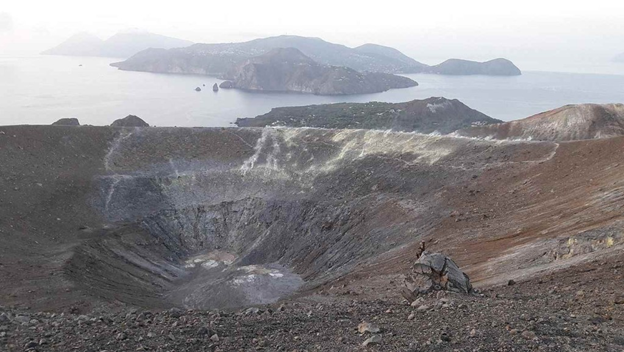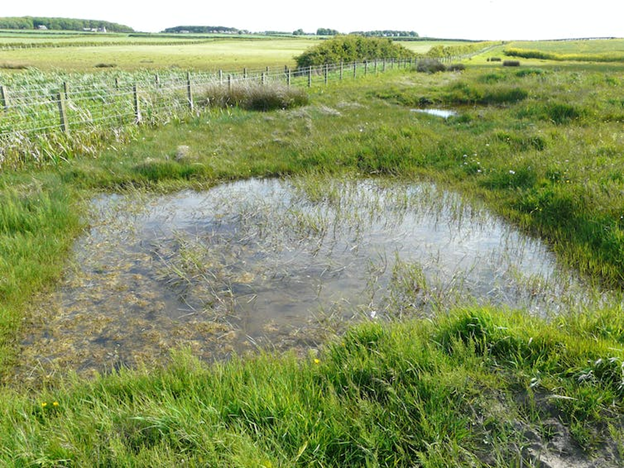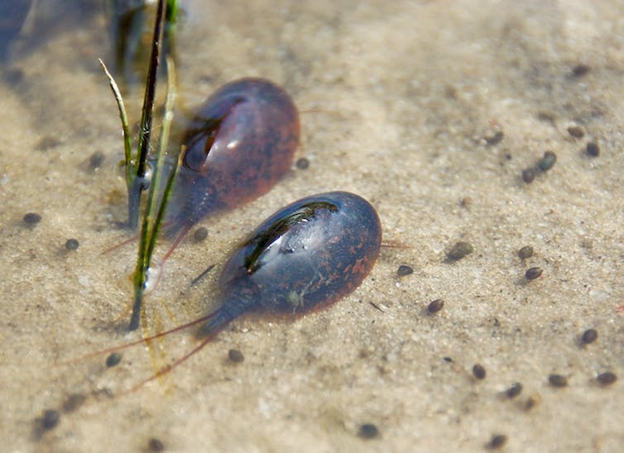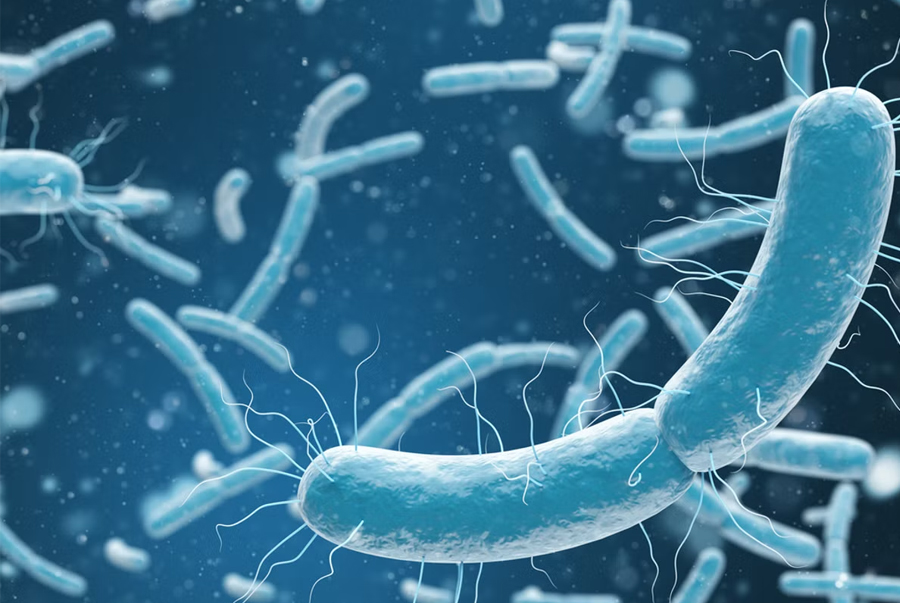Yes, why not?
Hi readers!
Andy Corbley of Good News network reported on April 28th, 2023,
“that microbe living on the slopes of an Italian volcano can eat and store CO2 astonishingly to cut climate-heating gases”.
WaW, Amazing, isn’t it?
Scientist discovered a microbe living on the slopes of an Italian volcano that can eat and store CO2 in its body faster than any other species known till to date. Pl. see picture below.

Italian volcano near the Sicilian city of Palermo: the host of a microbe that ateCO2 . Photograph: Fabrizio Villa/Getty Images. Please read full article at below mentioned link
Four gigantic tech companies are plaining to invest $1.2 billion together to pull carbon out of the atmosphere anticipating that this would allow perceived global warming to stay below the acclaimed 1.5oC with a unique model that could go a long way to preventing 1.5°C of warming.
Facebook (Meta), Google (Alphabet), Stripe and Shopify all the four called this fund of 1.2 billion “Frontier” and are looking to purchase a security with guarantee(s) to remove a calculated amount of CO2 from the atmosphere for which they are bidding up prices for existing methods of carbon capture/removal.
Frontier, which is an Advance Market Commitment (AMC) with her motto “Built (technology) and we will Buy” is ready to buy technology with an initial investment of more than US $1billion which could permanently remove calculated amount of carbon between 2022 and 2030. For the development of new methods/technology (not existing presently), additional funds would be made available.
The aim of the Frontier is to quickly develop carbon removal technologies with the guarantees that these technologies would be used in all of the future demands.
For this to happen, Frontier, at the first place, will send a strong signal to the researchers, entrepreneurs and investors indicating that, “there is a growing demand for the development of new carbon removal technologies” for which, genuine guarantees would be provided to ensure that only the newly developed technologies would be used in all of the future demand. The signal to the researchers, entrepreneurs, and investors will assure them that there is a growing market for these technologies to achieve our ultimate objective which is creation of new carbon removal supply rather than competing the existing one.
Frontier is wholly owned by Stripe: an Irish American financial and software service (SaaS) company with headquarters in San Francisco, United States and Dublin, Ireland.
Stripe is an expanding group helping to change the course of carbon removal. Stripe Climate Initiative is available to Stripe users globally and is a gift because it removes all barriers to positive action.
Frontier will also be funded by other businesses who purchase carbon removal via Stripe Climate. This will make Frontier, the world’s largest coalition of carbon removal purchasers through funding and membership.
Scientists are hopeful that they could use the creature’s (bacteria) power to create carbon-capture ponds to aid in pulling CO2 out of the atmosphere.
It is important that efforts should not only be continuing to reduce the input of fossil fuel mediated release of CO2 into the atmosphere nevertheless, scientists are now predicting that the anticipated effects of climate change will be felt regardless of the amount of CO2 present already in the atmosphere (the removal of which is also important).
Near the Sicilian city of Palermo, the Island of Volcano was found to be host of a microbe that ate CO2 “astonishingly quickly” that sinks in water which is a unique property because it would allow machinery to collect the CO2 absorbed by the microbes. This means that carbon-capture ponds wouldn’t need to act like landfills (disposal of waste material by burying it as a method of filling an unearth pit for its reclamation) rather, it could be refilled over and over again.
Talking to Guardian, Dr. Braden Tierney of Weill Cornell Medical College said, “that these microbes has evolved to this stage in about 3.6 billion years. The carbon capturing project can take advantage of this evolution because these microbes are self-assembling machines: a facility which is not available with chemical approaches of CO2 capturing.
In 2022, Good News Network (GNN) reported that in LanzaTech (a company that provides a pathway to keep our fossil reserves in the ground by recycling existing resources and turning waste carbon from a liability into an opportunity) developed a method of genetically engineered a bacteria that consume carbon dioxide before converting them into two widely used chemicals, acetone and isopropanol, that would otherwise generate hundreds of thousands of tons of CO2 emissions. The two product are widely used in a variety of products from hand sanitizer to light bulbs, that most often are made from virgin fossil fuels.
The global market for acetone and isopropanol is more than $10 billion with acetone producing two metric tons of CO2 per ton of acetone. The genetically engineered bacteria on the other hand can remove 1.78 and 1.17 kg of CO2 respectively, per one kg of acetone and of isopropanol which made the whole process “carbon negative”.
According to GNN report, the significance of the process is that it fit into already existing company’s infrastructure, in this case, the production of acetone and isopropanol.
There will be circumstances where the tree is going to outperform microbes or fungi. But there will also be instances where a fast-growing aquatic microbe will be required that could sink, enabling the scientist to go down below the surface/liquid. Both scenarios exhibit growth of microbes in “Ponds” something like of below mentioned picture of a carbon sinks Pond which can fit well in intensively managed landscapes.

A carbon sink Pond with its biodiversity
Research into Ponds has expended many folds during the past 20 years with special focus on conservation of “Ponds” biodiversity, which is

These are tadpole shrimps growing in a Pond.
richer compared to biodiversity of rivers, streams and lakes as it harbors species like fairy and tadpole shrimps (Pl. see picture above): the world’s oldest living animals that live in ponds.
In our childhood we used to collect these tadpole in the glasses from the water accumulated near roads during rainy season.
Ponds benefit humans by slowing down water run-off that can cause flooding and washing up excess nutrients.
Globally however, ponds are seen as an important habitat in influencing atmospheric carbon by storing and releasing it, given the intensity of geochemical processes and the sheer number of ponds around the world. However, just how fast ponds can bury carbon is poorly understood.
Two example can be quoted where ponds were dug out in 1994 at Hauxley Nature Reserve in North-East England to follow the colonization of plants and invertebrates.
Two decades later they had accumulated a layer of sediment, dark and rich in organic debris, distinctly different to the underlying clay. Upon digging out all of the sediment from some ponds for measuring the organic carbon that had accumulated, it appeared that the amount of carbon in the cores increased compared to the amount dug up from other ponds considering the difference in the total volume of sediment.
The ponds’ burial rates for organic carbon ranged from 79 to 247g per square meter per year with a mean of 142g. These rates are much higher than the rates of 2-5g attributed to surrounding habitats such as woodland or grassland.
Carbon absorbed in ponds can be stored in the sediments at the bottom of the Ponds as permafrost that thaw ponds in the arctic which release even more carbon compared to Tundras found in the warm.
The role that ponds play in the carbon cycle is complicated. Some ponds may be significant sources of greenhouse gases, such as permafrost thaw ponds in the Arctic. The Hauxley ponds, however, can switch back and forth from being a net sink to a net source of carbon as they dry out or re-flood. Florida’s 76,000 ponds store plenty of carbon and a lot of it escapes into the atmosphere.
Did you get the message dear readers? It is pretty clear.
A huge avenue of research has opened with an equal opportunity which will help those who grab it.
Try it if you can?
The only condition is that the method and techniques have to be new and not the modified version of those used previously. This is where the hurdle is because we know exactly that as a nation (if we are the one?) we lack the brain (with few exceptions) that can possess out of box thinking. We are ruined to the extent that we cannot even grasp this vision.
Please pray for the country and do your part of the job.
Stay blessed and I will see you next week.
Till then, Bye.





